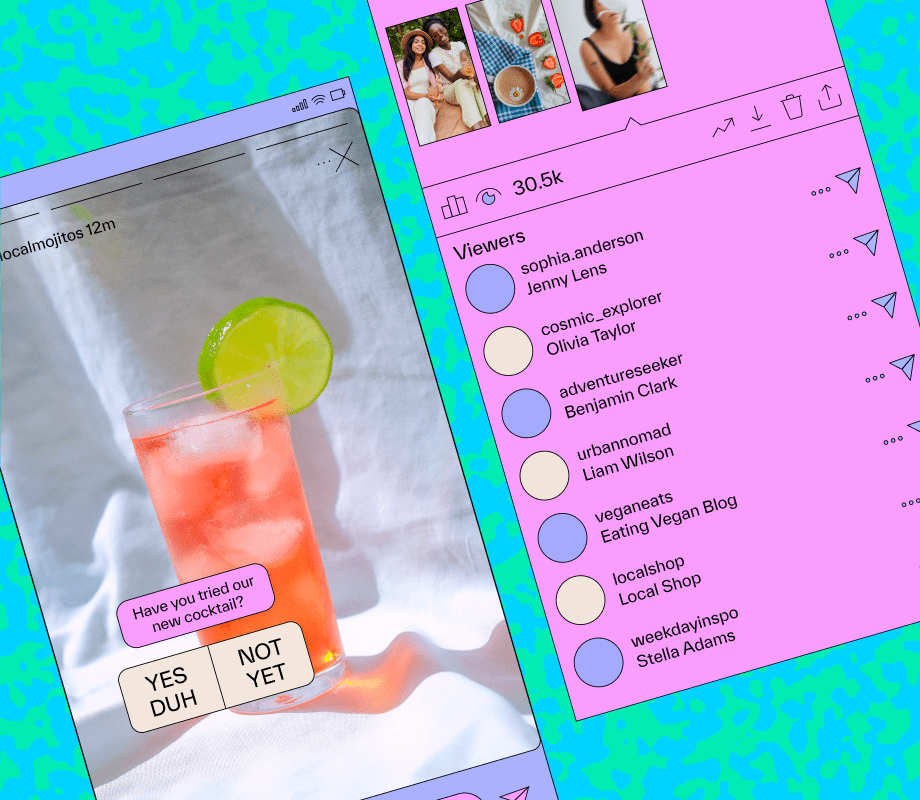On Thursday, Huawei announced open applications for its developer preview version of HarmonyOS NEXT, with plans to release a more feature-complete developer beta version in the second quarter and a commercial version by the fourth quarter of 2024 as it looks to cut its ties with Android.
Why it matters: While all previous consumer versions of Huawei HarmonyOS have been compatible with Android, HarmonyOS NEXT will break away from Android architecture, establishing itself as a truly independent operating system.
Details: Huawei began the development of HarmonyOS in 2015 and subsequently released different versions from HarmonyOS 1.0 to 4.0. HarmonyOS NEXT will be the Chinese tech giant’s first OS not to accommodate Android applications and will not support the opening of APK files (Android application packages), according to statements made at Huawei’s launch event. Huawei opened recruitment for the HarmonyOS NEXT developer preview version on Monday, allowing users of its Huawei Mate 60, Mate 60 Pro, and Mate X5 phones to sign up.
- Huawei plans to partner with enterprises, universities, and institutions to train over 100,000 HarmonyOS developers each month. The company is introducing the Yaoxing Plan, with an investment exceeding 7 billion RMB ($9.84 billion), to incentivize innovation in the HarmonyOS ecosystem, including native applications and SDKs (software development kits).
- At the time of writing, more than 200 software companies have initiated the development of native HarmonyOS applications, making up 90% of the leading applications in the domestic sector, according to Huawei. Huawei aims to achieve a short-term goal of reaching 5,000 collaborative apps by the end of this year, and anticipates exceeding 500,000 applications to join the native HarmonyOS ecosystem in the long term.
- Huawei’s Consumer BG CEO, Yu Chengdong, mentioned at the event that HarmonyOS has made breakthroughs in core technologies, including AI frameworks, large-scale models, design systems, programming frameworks, programming languages, and compilers.
- Huawei first introduced HarmonyOS to address user experience issues arising from US sanctions. However, the company is now seeking to break free from the constraints of the existing Android framework, and create an integrated architecture that combines software, hardware, and cloud services, according to the president of Huawei Consumer BG software department Gong Ti.
Context: In June 2023, according to local media outlet Zaker, Huawei stated that a 16% market share in the operating system is a critical threshold for success, based on the developmental history of the PC and mobile industries.
- Due to Huawei’s current inability to integrate GMS (Google Mobile Services), the 16% goal primarily refers to the Chinese market, where HarmonyOS has already captured a 13% share, as reported by CounterPoint Research.
Related










